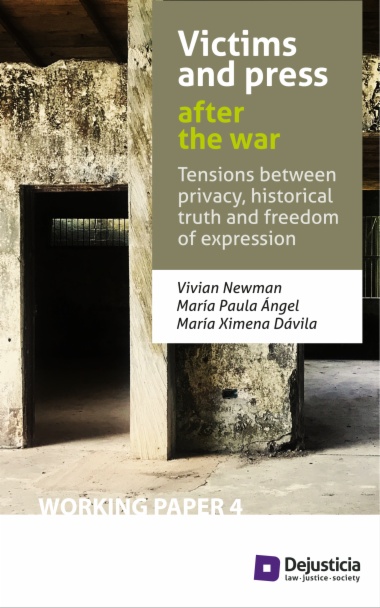In Indenture Aesthetics, Jordache A. Ellapen examines the visual and performance art practices of feminist, queer, femme, and gender-nonconforming Afro-Indian and South African black artists to understand the paradoxes of freedom in contemporary South Africa. Tracing the afterlife of apartheid-era racial categories and revisiting Bantu Stephen Biko’s Black Consciousness, Ellapen theorizes South African blackness through the Indian Ocean World, showing how the development of an Afro-Indian identity after generations of indentured labor and segregation troubles persistent racial hierarchies. Staging unexpected encounters between artists such as Sharlene Khan, Mohau Modisakeng, Lebohang Kganye, and Reshma Chhiba, he analyzes how their works challenge these racial categories to create new imaginaries of freedom. Situated in a context in which the authentic (hetero)normative black subject of the post-apartheid state is bracketed from other formulations of blackness, these artists' aesthetic practices, alongside those of other artists like Ellapen himself, disrupt desires for national belonging and catalyze alternative and transgressive politics and subjects. By rethinking the relationship between blackness, Afro-Indianness, and Africanness, Ellapen highlights the role of the aesthetic in crafting a blueprint for coalitional building across difference in contemporary South Africa.
- Cover
- Contents
- Preface
- Acknowledgments
- Epigraph
- Gallery
- Introduction: Afro-Normativity, Indenture Aesthetics, and South African Blackness
- 1. Afro-Femininities Maternal Archives as Sites of Queer-Feminist Futurities
- 2. Afro-Vulnerabilities and the Aesthetics of Slow Death Memory, Trauma, and Labor
- 3. Afro-Intimacies Queer-Kinship Formations and African Rurality
- 4. Afro-Transgressions Queer Femininities and South African Sex Publics
- Coda: Afro-Queer Diasporic Femininities and Emergent Imaginaries of Freedom
- Notes
- References
- Index
- A
- B
- C
- D
- E
- F
- G
- H
- I
- J
- K
- L
- M
- N
- O
- P
- Q
- R
- S
- T
- U
- V
- W
- X
- Y
- Z

